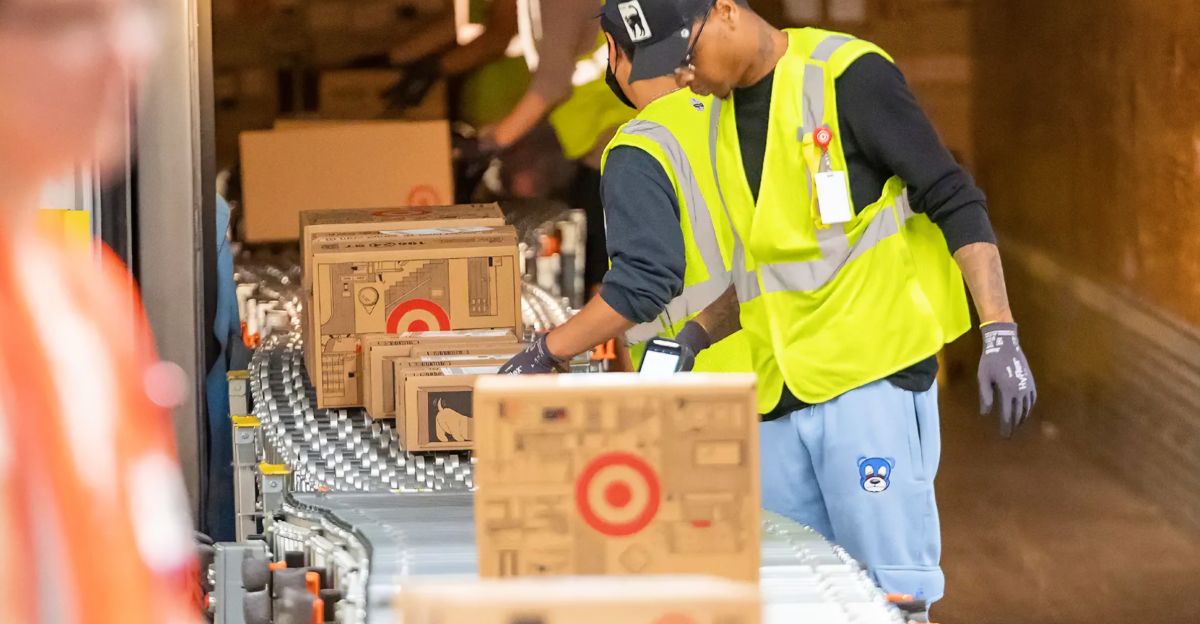
Target just made a move that could flip American retail on its head. The company quietly started testing a new model, one that skips warehouses entirely and ships products straight from the factory to your front door. No press release. No flashy announcement. Just a quiet pilot that looks a whole lot like the strategy behind Temu and Shein’s rise.
And really, who can blame them? Sales are slipping. Stock is down nearly 27%. Shoppers want cheap, fast, and direct, and the old retail playbook isn’t cutting it anymore.
So Target’s trying something different. A little risky, a little bold. But maybe, just maybe, it’s what they need. Let’s break it down.
When Retail Giants Copy Their Disruptors
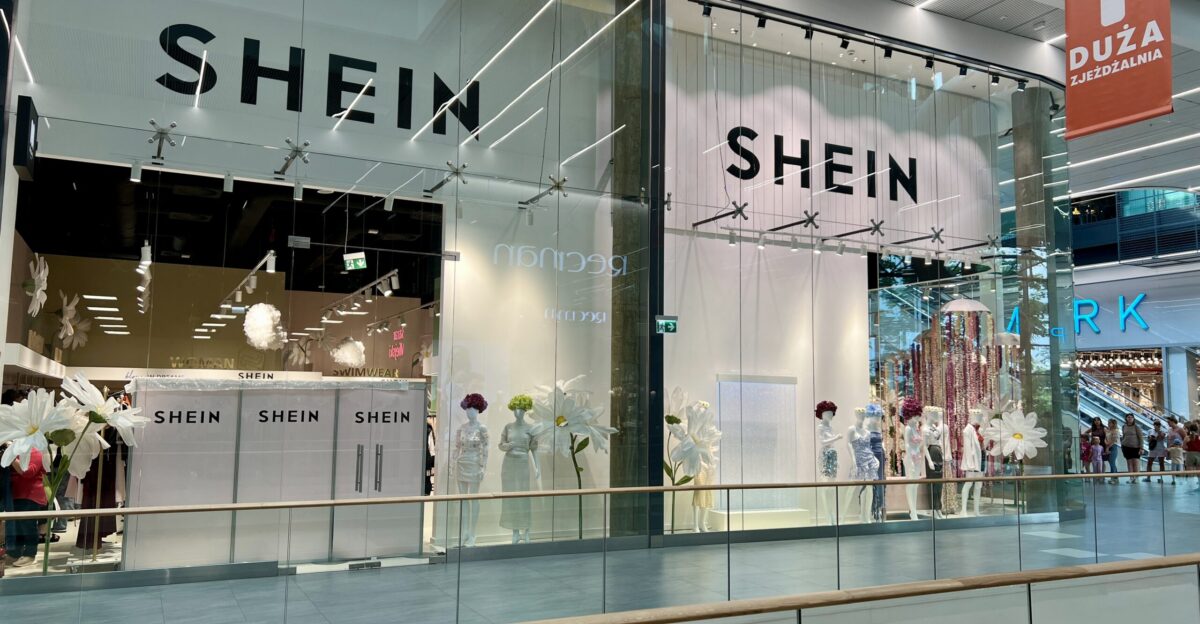
Target’s new shipping plan isn’t just a tech upgrade, it’s a clear move inspired by Chinese brands like Temu and Shein. Those companies made billions by skipping warehouses and middlemen, sending products straight from factories to customers.
Now, Target is trying the same thing. What used to be its biggest strength, lots of stores and a big supply chain, might actually be slowing it down. This change shows something bigger: even well-known brands have to rethink how they do business if they want to keep up in today’s fast-moving retail world.
The Numbers Don’t Lie About Disruption

Temu is growing fast. In 2023, it passed Shein in U.S. visibility across all product categories, and it’s gaining ground in home goods, a key area for Target. Meanwhile, Target’s sales dropped 3.8% in early 2025. Fewer people are shopping, and those who do are spending less.
The stock is down 26.6% this year, while the S&P 500 is up more than 5%. As Chinese companies grow using cheaper, faster shipping straight from factories, Target’s old way of doing things isn’t holding up. This isn’t just about lower prices, it’s about how much the shopping game has changed and how quickly.
The De Minimis Advantage Is Disappearing
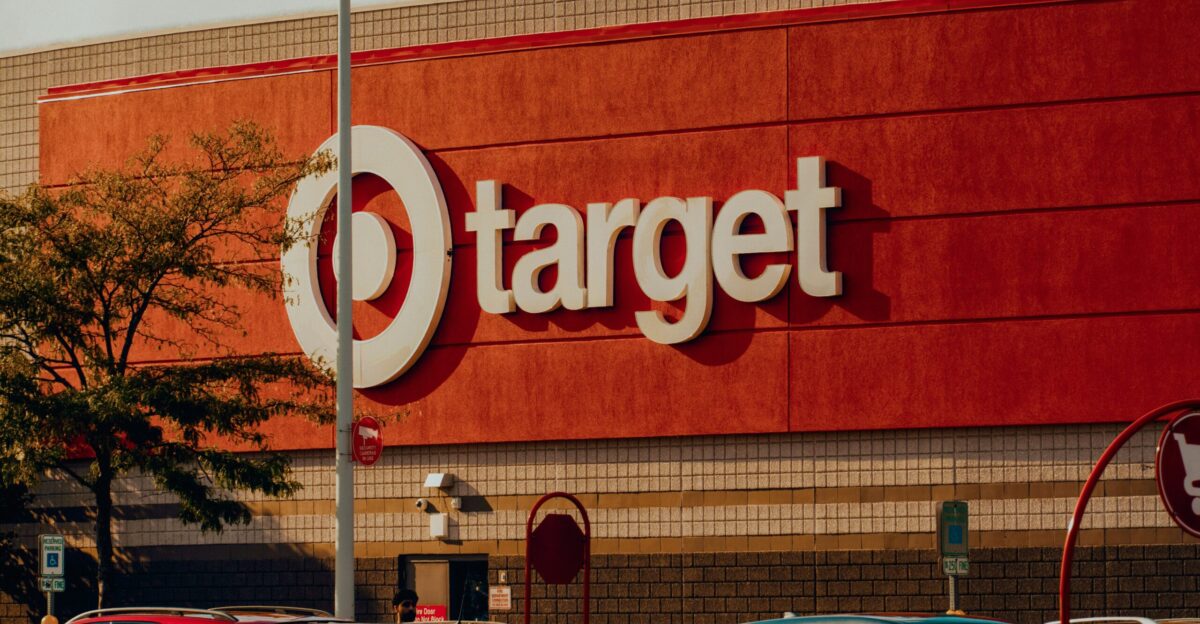
Target’s factory-direct plan comes at a time when Chinese platforms are starting to lose an important advantage. In May 2025, the Trump administration got rid of the rule that let companies ship goods under $800 into the U.S. without paying taxes.
After that change, Temu lost 58% of its U.S. users in one month. That opened a door for Target. Chinese sellers now face higher costs, giving American retailers a chance to catch up. But there’s a downside too. If Target uses the same factories, it will also have to deal with those new tariffs. How well it manages this shift will matter most.
Amazon’s Response Validates the Strategy
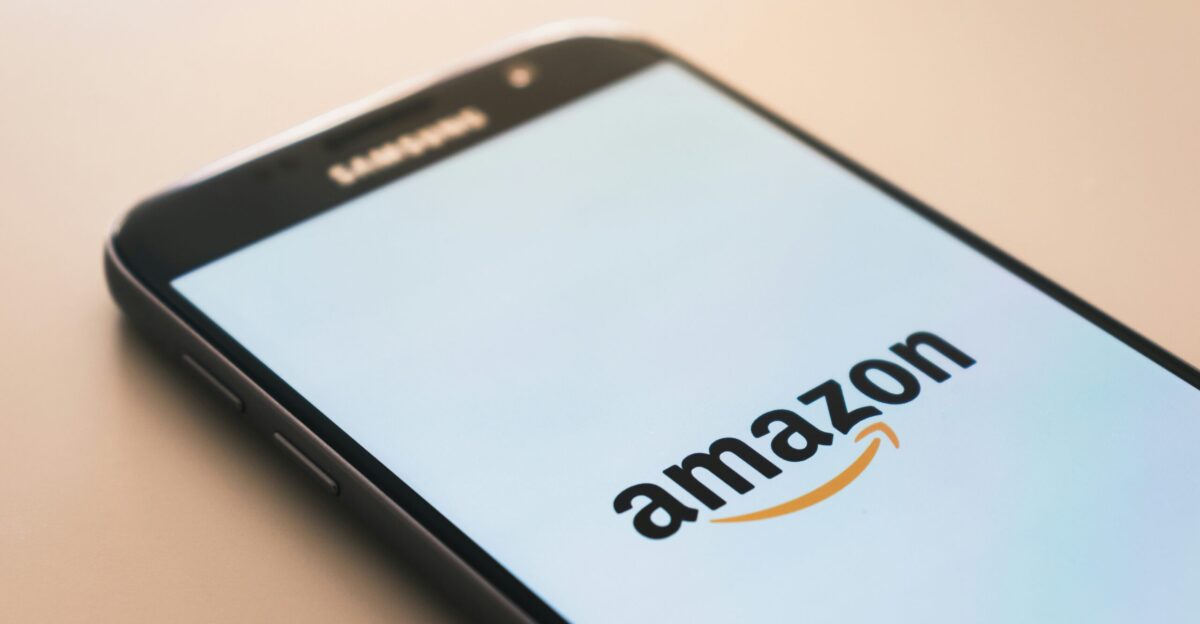
Amazon doesn’t usually chase trends, it creates them. So when it launched “Haul” in late 2024, copying Temu’s low prices and direct-from-factory shipping, it made something clear: this way of selling isn’t going anywhere. Haul focuses on cheap items under $20, slower shipping, and factory savings.
If Amazon is getting into this game, it means even the biggest online players are feeling pressure from Chinese brands. That makes Target’s move look less like a risky bet and more like a smart adjustment. If Amazon believes this model has staying power, then Target may need it just to keep up and survive.
Quality as the Differentiating Factor
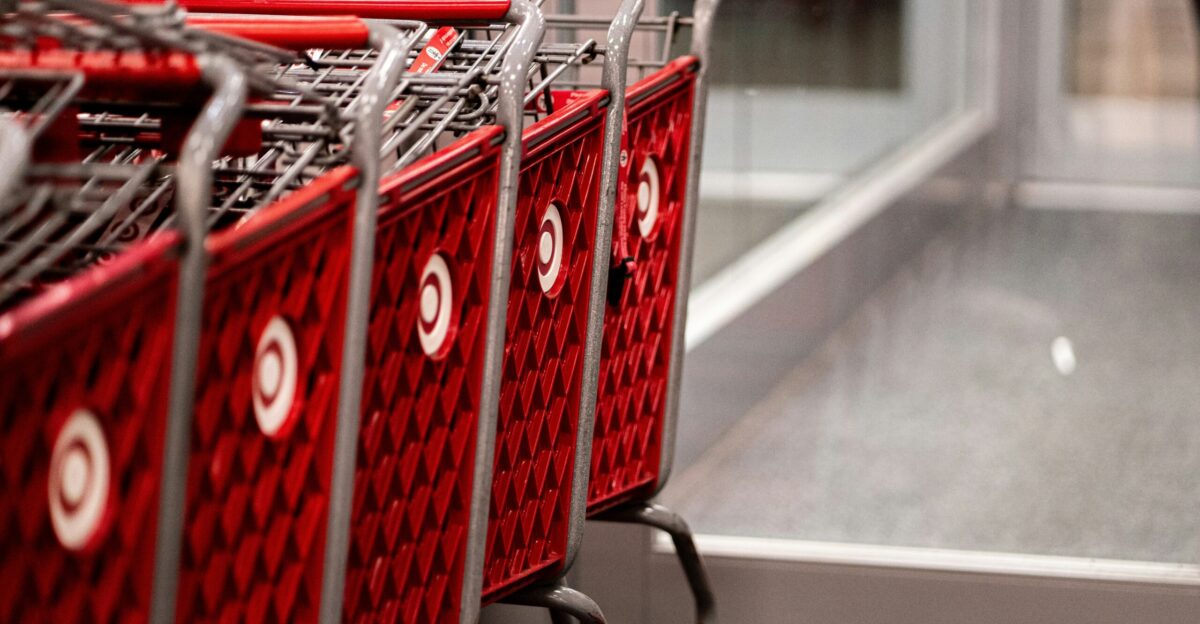
Temu and Shein are cheap, but their quality often doesn’t hold up, and Target is betting that’s where it can stand out. The company says its factory-direct items will still meet the same standards for quality, sustainability, and responsible sourcing that shoppers expect. That’s a big promise.
Keeping products up to standard across global suppliers isn’t easy. But if Target can manage it, it might find a sweet spot: affordable prices without cutting corners. That could set it apart from budget platforms that focus only on cost, giving Target an edge built on something harder to copy, trust and reliable quality.
The Omnichannel Integration Advantage
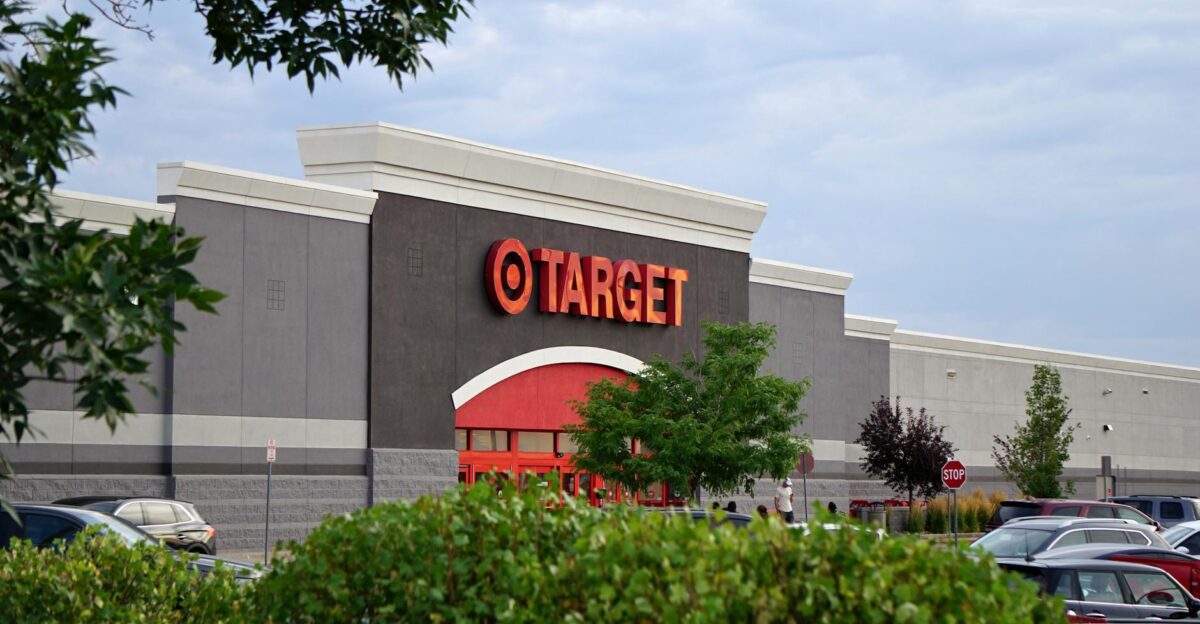
Unlike online-only retailers, Target doesn’t have to pick between low prices and fast shipping; it can do both. With over 2,000 stores, it can use them as local hubs to ship, return, or even let customers pick up orders, no matter where the item came from. Add in smart inventory tools and flexible delivery systems, and Target can choose the best way to get each order to a customer, based on cost and urgency.
This mix of factory-direct shipping and local store power gives Target an edge that online-only platforms can’t easily copy. It’s a blend of reach, speed, and flexibility.
Supply Chain Disruption Creates Opportunity

Supply chains haven’t gotten better, they’ve become more fragile.
In 2024, global disruptions jumped 38%, driven by weather problems, political issues, and shipping delays. These problems have forced companies to rethink how they move products.
Traditional retail systems, with lots of steps and warehouses, face more chances for things to go wrong. Target’s test of factory-direct shipping isn’t just about saving money, it’s about making things simpler in a messy world. Fewer steps mean fewer chances for delays. And in a time when problems are common, being flexible might be one of Target’s strongest tools for staying ahead.
Consumers Want More Than Just a Deal
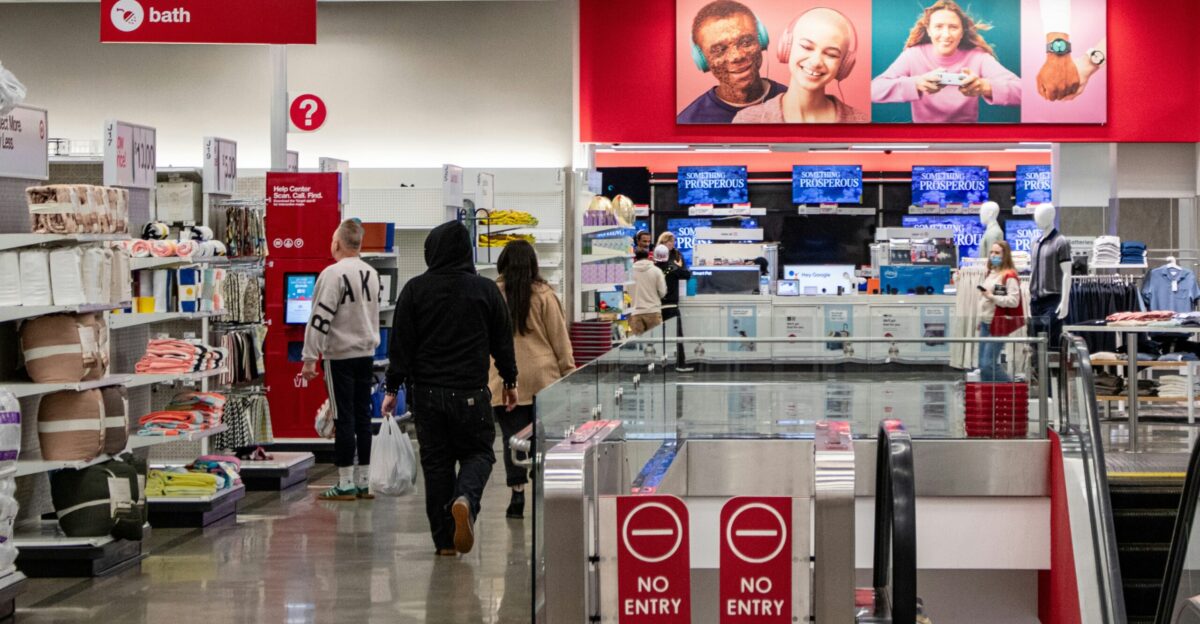
People’s idea of value is changing fast. PwC’s 2024 survey found shoppers will pay nearly 10% more for products that are sustainable. That matters, especially with prices rising and money tight. Customers want good deals, but they also want products that feel responsible and well made.
Target stands between low price and purpose, giving it a rare chance. If it can offer factory-direct savings without losing quality and style, it could win loyalty that cheap platforms just can’t match.
Change Isn’t Optional Anymore
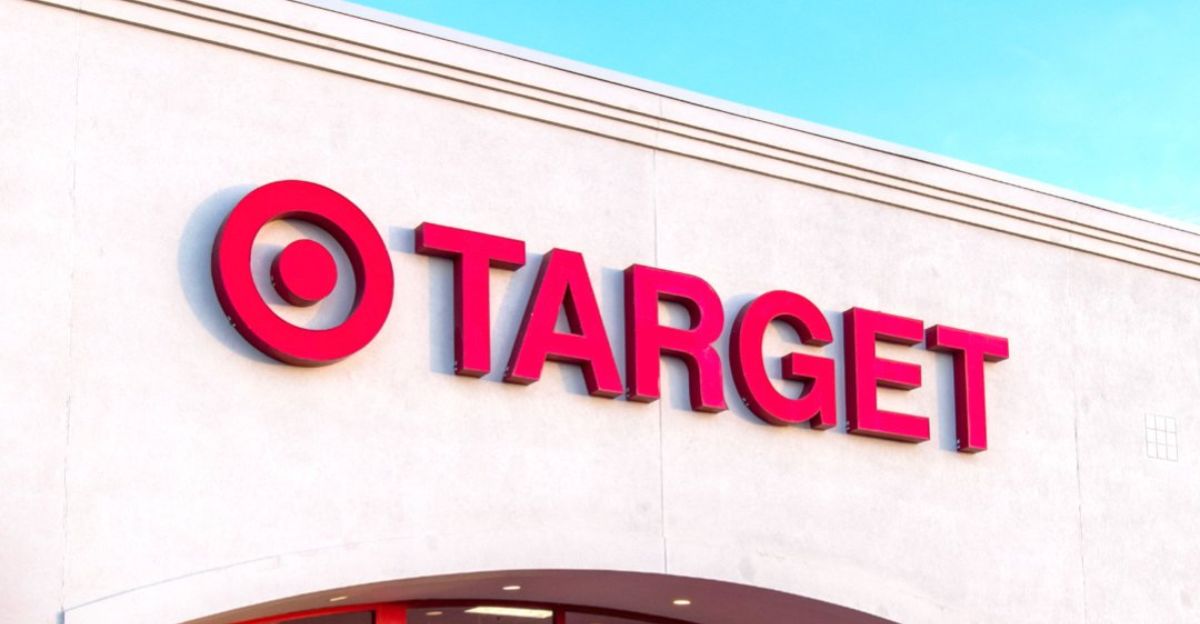
Target’s shift is grounded on survival. The retail world has changed faster than many expected. Falling sales, sinking stocks, and fast-moving rivals show small fixes won’t cut it. This move to factory-direct shipping is a big overhaul. It admits that old strengths can now hold a company back.
To stay in the game, brands have to build for the future, not cling to the past. Whether this plan works or not, Target is clear about the stakes. This is about survival, not trends.
A New Era for American Retail
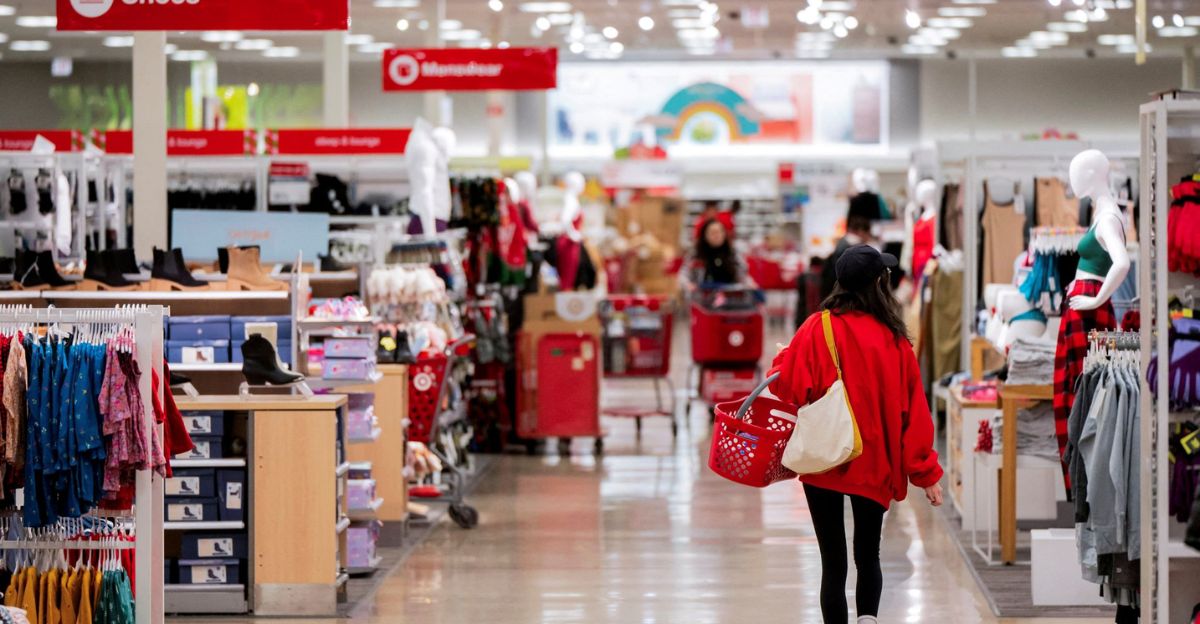
Target’s big change shows just how much retail is shifting. When a major brand copies strategies from fast-growing foreign companies, it’s a sign of industry-wide change. Factory-direct shipping used to be risky, now it’s becoming the norm.
If Target can combine price, quality, and speed, it won’t just change its own path, it’ll set new standards for all. The real question isn’t if other U.S. retailers will follow but how fast they will. The future belongs to those who adapt quickest.